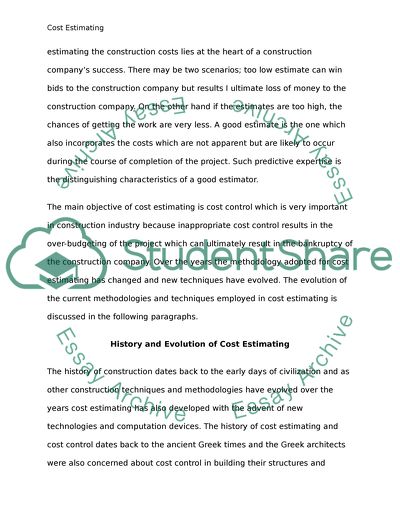Cite this document
(“Cost estimating Research Paper Example | Topics and Well Written Essays - 2000 words”, n.d.)
Retrieved from https://studentshare.org/family-consumer-science/1417736-cost-estimating
Retrieved from https://studentshare.org/family-consumer-science/1417736-cost-estimating
(Cost Estimating Research Paper Example | Topics and Well Written Essays - 2000 Words)
https://studentshare.org/family-consumer-science/1417736-cost-estimating.
https://studentshare.org/family-consumer-science/1417736-cost-estimating.
“Cost Estimating Research Paper Example | Topics and Well Written Essays - 2000 Words”, n.d. https://studentshare.org/family-consumer-science/1417736-cost-estimating.


